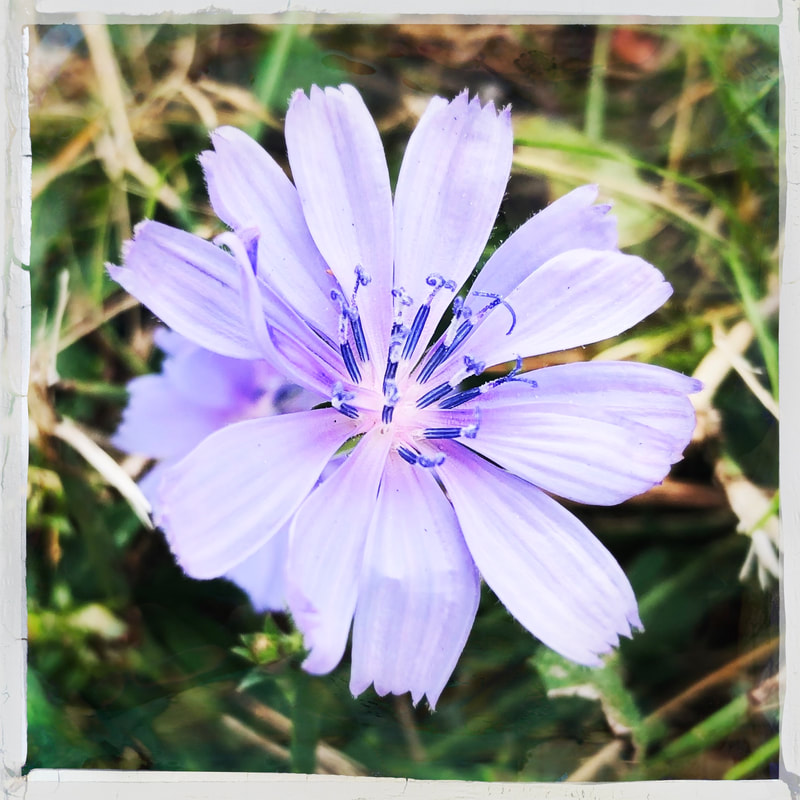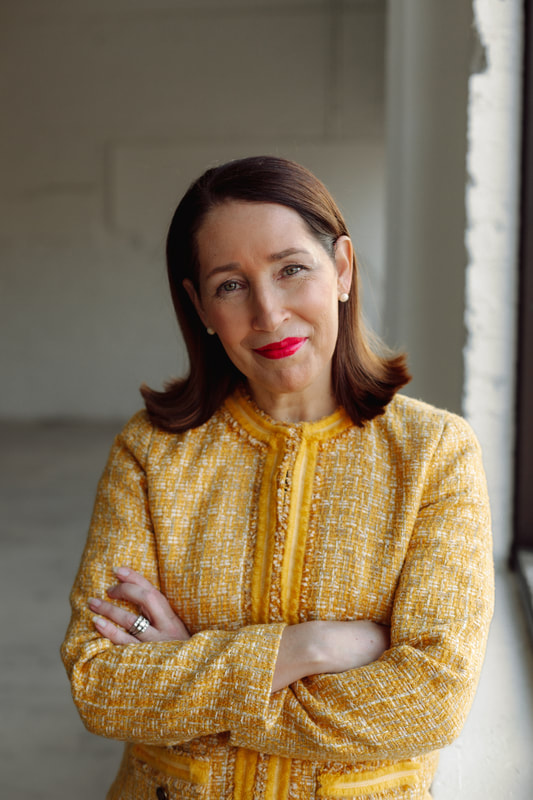ASSAY: A JOURNAL OF NONFICTION STUDIES
10.1
10.1
|
We must write well about death to be writers at all.
- Kate Gale IntroductionI had been invited to explore my interest in a Master of Fine Art in Writing program with the chair in a sit-down conversation in a quiet spot near the backdoor of a university cafeteria. He reminded me of someone’s great uncle and looked wholesome, like he might be good at gardening. He had a gentle smile. He asked what stories I wanted to write. I told him I had promised my daughter I would write her story to help give meaning to her life. She died hours before I delivered her; a stillbirth they call it.
When I finished with my presentation, he stared at me while leaning his head on his fist. Shifting to a softened yet stern tone he said, “Our program isn’t for those kinds of stories. Tell me about the other ideas you have.” I swallowed hard. My brain began to work on two tracks: the first focused on saving the opportunity and recovering from his rejection. I scrambled and told him about wild adventures my family had in a junky green Dodge van, and how I learned to cry quietly in first grade so the Catholic nun schoolteacher wouldn’t hear me and put me in the coat room again. He liked the van story. The second track of my thinking was struggling to analyze how the death of a baby isn’t worthy of becoming a story, and what the process looked like for him, an author who teaches writing, to arrive at such an unmovable conclusion so quickly? Maybe he fears dying, or he doesn’t find value in exploring complicated emotions? Perhaps I lack an understanding on how to select writing themes? Then I used the mysteries-of-creative-nonfiction lens: Death isn’t artsy enough? Death is cliché? Death is too predictable and too universal? Death has been fully covered and there is nothing new to discover? But considering this episode through an academic lens helped me see the learning opportunities from his dismissal: Perhaps there could be varying views in the CNF world about what is and is not permissible, and his opinion is just one? Maybe he doesn’t know how to teach how to write well about death? Or, flipping the focus, maybe my presentation style repelled him and that conversation all those years ago was as much about me (writer) as it was about him (reader)? Questions like these proved helpful when years later I began a path of study in the MFA in Writing program at the University of Nebraska at Omaha, where I found my way to brilliant writers who made me feel at home, through effective storytelling, while they relived and shared details of the deaths that have occurred in their lives. They introduced me to authors like Edwidge Danticat, in The Art of Death: Writing the Final Story, who takes us to the doctor’s office where her mother learns about a late-stage cancer diagnosis; Michelle Zauner, in Crying in H Mart: A Memoir; who sits on the floor of her mother’s death bed narrating the scene; and Terry Tempest Williams, in Refuge: An Unnatural History of Family and Place, who weaves connections of her mother’s impending death to the fate of the Great Salt Lake. These authors, who all focus on the deaths of their mothers, exhibit exemplary writing about their personal encounters with death. What proved the best example for me is Lidia Yuknavitch’s The Chronology of Water: A Memoir. Although widely celebrated as a courageous and candid account of Yuknavitch surviving multiple fronts of painful experiences, the true power of Yuknavitch’s memoir is in that it is a book about death. Yuknavitch, a master in badassery, easily refutes the dismissive MFA program director’s anti-death writing pedagogy beliefs: Was it possible I had something to give? Out of the nothingness that was my life? Really, what the fuck did I have to give? Woman with too many holes in her. And yet there was something. Words. … I wrote stories, I wrote books, but the more I wrote the more I saw a door opening behind me, and I saw that if I jammed my motherfucking foot in it, more of us could get through. And that we could make things. Together. What we could make, was art. How that mattered. (199-200) How does Yuknavitch write of the death of her infant daughter amid her spiraling addictions and lingering influences from significant childhood trauma? Yuknavitch empowers authors to find the courage to write raw and to risk exposing ourselves – our faults, failures, mistakes, miscalculations, addictions, insecurities, losses – to be free from societal filters that prevent us from telling imperfect stories. Yuknavitch teaches that the implications of one brave story helps readers to see that their damaged parts have lots of company, and they could decide to pick up a pen, too, and contribute stories to seek connections. Julie Christine Johnson, a reviewer in Chalk the Sun, writes of The Chronology of Water: “Something about this story — the goddamn gorgeous language, the raw power of its brutality — gave me so much comfort and solace. In Yukavitch’s word embrace, I felt the magic of self-acceptance and self-love, and the crazy-wonderful beauty of life.” This paradoxical framework is very important to death writing and analysis because there are fears people can’t handle death stories, particularly gruesome or hard endings. And here Johnson turns that thinking upside down by claiming the “raw power of its brutality” brought her comfort.
Human nature celebrates good things with attention, like awards, news articles, journal articles, in-depth conversations, social media posts. The converse is true as well: We don’t typically like to talk about the bad things, the sad parts of life. We know from the Chapman University’s Fear Survey that Americans are very scared of dying and illness. We learn from Yuknavich’s writing that leaning into difficult topics – especially when they are universal – can be healing and comforting. This essay explores the craft of writing well about death; introduces the CPR Method; identifies disrupters to writing well about death; defines the death ecosystem, death factors, and the survivor’s pathway spectrum that will influence how you approach writing; the missing thematic analysis of The Chronology of Water; and craft analysis of The Chronology of Water’s using the CPR Method. The goal of this discussion is to encourage better definition of how to write well about death and to expand writing and analysis to broaden acceptance of death writing in creative nonfiction to help push the doors behind us open even further.
|
|
The written word has been at the heart of Erin Fogarty Owen’s professional career. Her writing outlets have varied from newspaper articles to television scripts and from speeches to Tweets while working at the United States Senate as a press aide, at NBC News as a producer, and at the University of Nebraska as a director of communications. Her writing has appeared on NBCNews.com, in the Omaha World-Herald and the Linden Review. Her newest genre is creative nonfiction, and Erin received her MFA in Writing degree from the University of Nebraska at Omaha (UNO) in August 2020. She received her B.S. in business communications from the William Allen White School of Journalism and Mass Communications at the University of Kansas a long time ago. Erin served as a Flash Nonfiction Editor for The Good Life Review for Issues 1 through 12, and she is teaching a writing class at UNO this fall.
|

